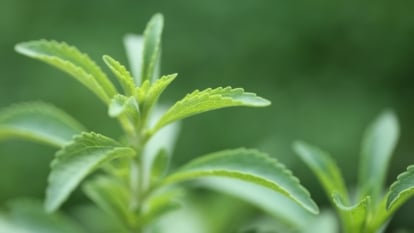We adore roses for their standout characteristics – bloom color, luscious petals, and heady fragrance – but their elegance doesn’t stop there. Roses are also cultivated for unique features like canes, thorns, and rosehips. These features can bring multi-season interest and beauty beyond the rose bloom.
A plant with multi-season interest is a top performer in the garden. To find this added appeal in a rose? So much the better. These roses also bring value to garden biodiversity as pollen, forage, and shelter sources. Encourage rosehip production and leave the hips as an important cool-season food source for birds and small mammals.
What are Rosehips?
Rosehips are the fruits that develop after summer pollination. The rosehips hold the true fruits of the rose – the achenes – or individual seeds. Rosehips are as varied as the rose flower, ranging in color, size, and shape. They can be smooth, prickly, or hairy in yellow, orange, red, and deep violet hues, and round, elliptical, oval, or pear shapes. They range from tiny to large, singular, or in clusters.
Rosehips start from the calyx hard and green and transition in color as the season progresses and days get cooler and shorter. The seeds grow inside the hip, and the rosehip expands and becomes fleshy.
Rosehip Benefits
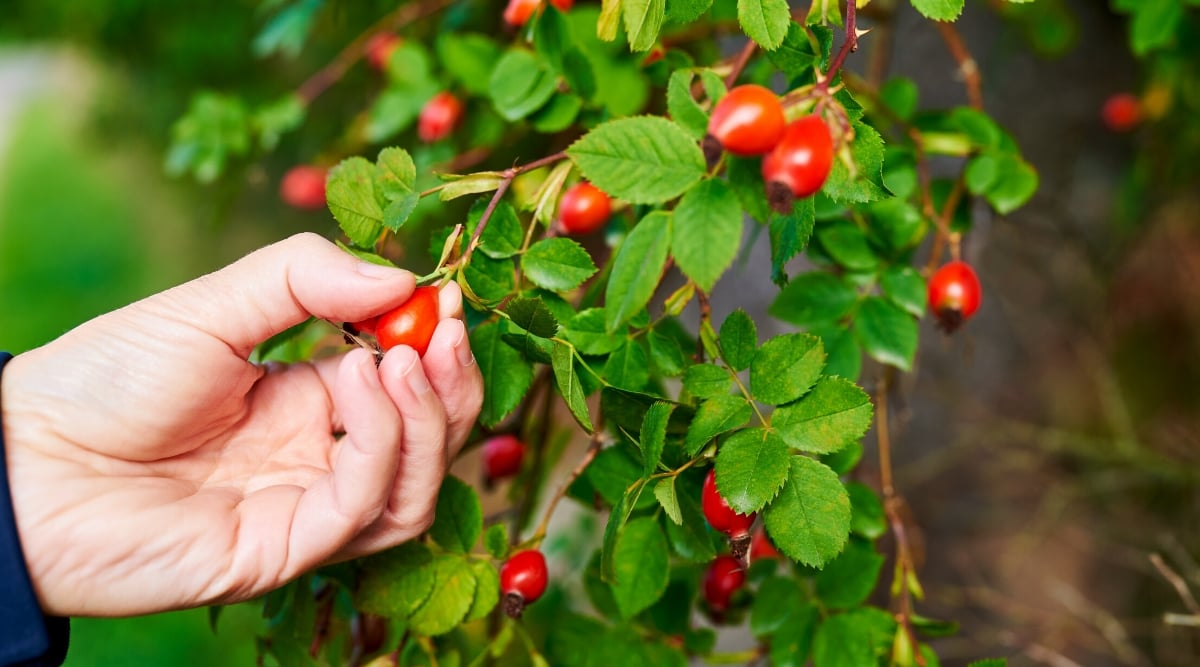
Rosehips are a significant food source for birds and small mammals. They are packed with vitamin C and proteins, giving essential nutrients in the fall and winter when fewer food sources are readily available.
People enjoy the same edible values of the rosehip. Rosehips are used in jellies, jams, syrups, and teas. They are also used in herbal medicine and to create rosehip oil.
The Best Roses for Rosehips
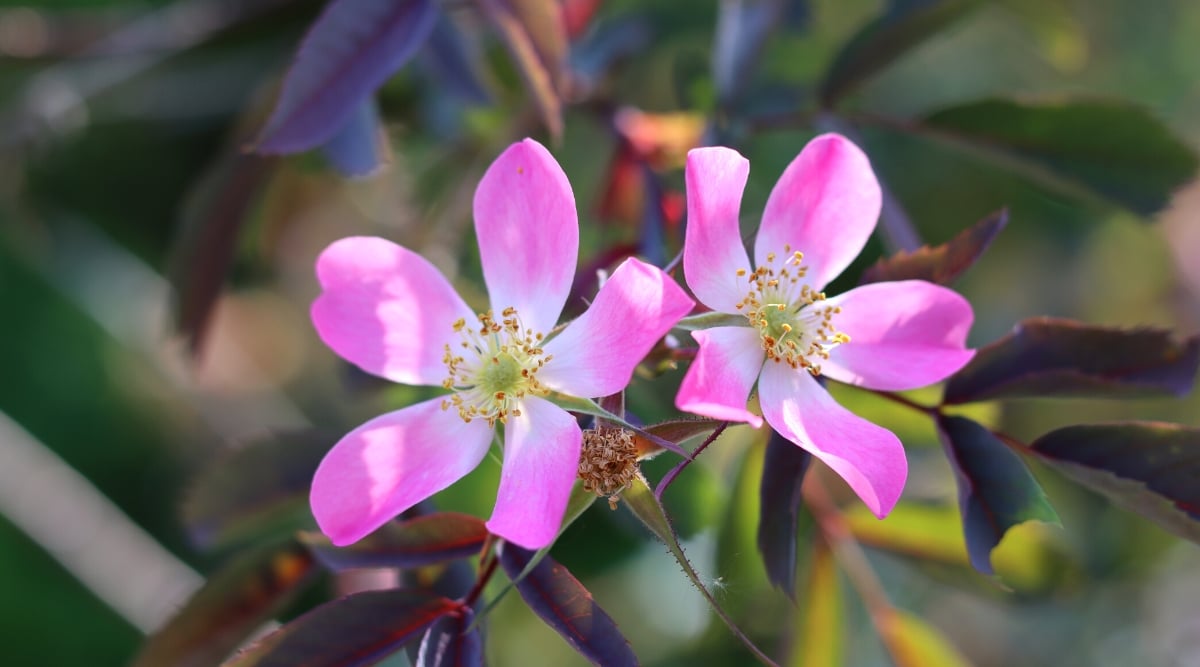
All roses can produce rosehips. We sometimes don’t see them because of deadheading, where we cut back spent blooms to encourage repeat blooming. Also, densely petaled roses may not be pollinated as readily as open-face roses, where bees, butterflies, and other insects easily reach the pollen center.
In this vein, most hips come from plants with single or double blooms, where easily accessible stamens attract pollinators. These are often species (wild) roses, old garden roses, and shrub roses, among other single-flower roses, where hip production is abundant,
How to Encourage Rosehips
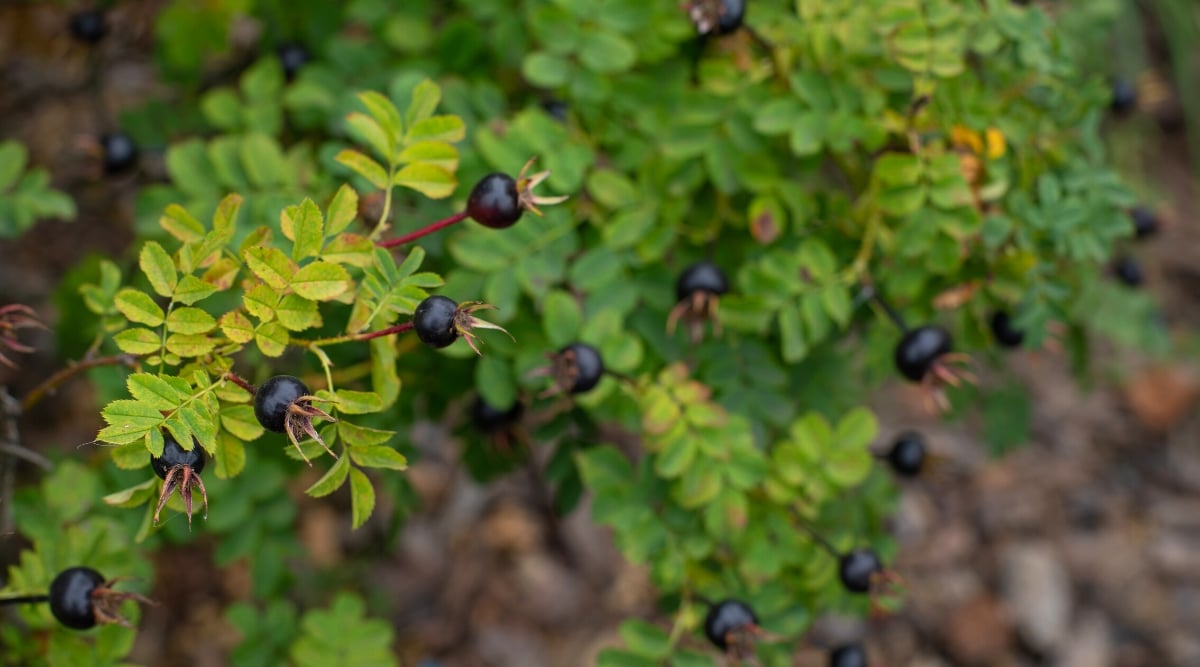
To foster rosehips, stop deadheading and pruning roses in August or September to allow blooms to set hips. Let the blooms fade naturally. Hold off on pruning again until late winter when rosehips have dropped, withered, or been eaten.
Avoid using sprays so that rosehips remain edible for people and wildlife.
Virginia Rose
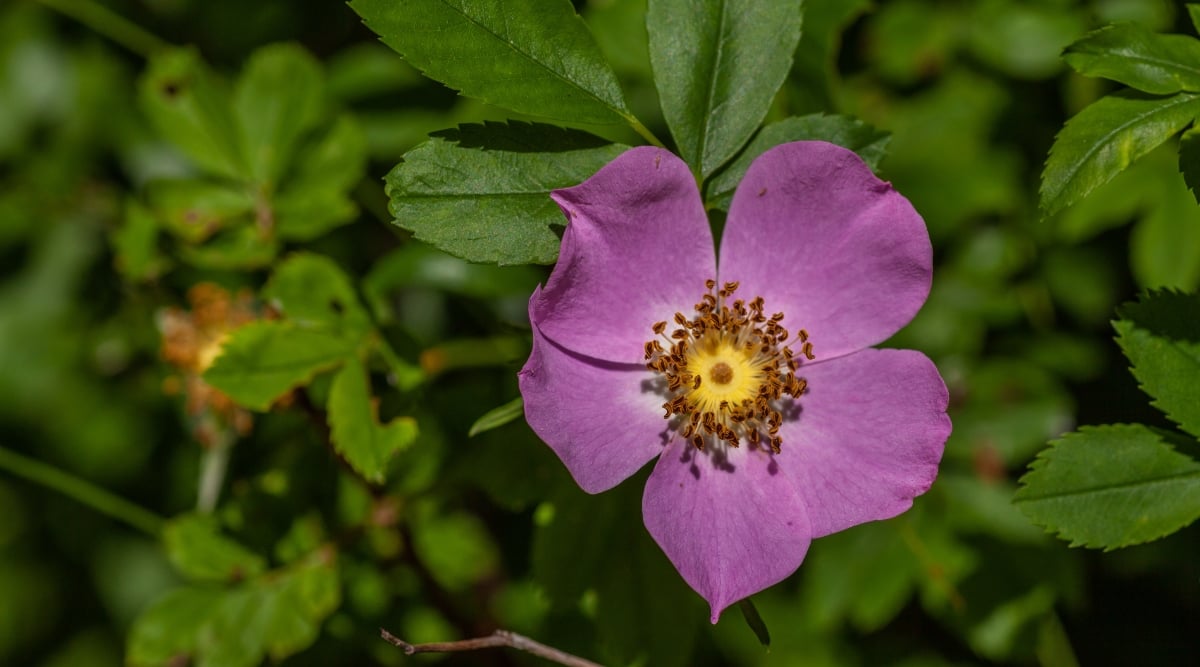
Virginia roses, native to North America, are shrubby, wild woodland roses with pink blooms on stout, hairy stems. Single deep pink flowers with bright yellow stamens bloom in summer. Flowers are large and showy and attract bees and other pollinators.
The rosehips are burgundy red, large, and slightly flattened. They color early, giving outstanding seasonal interest and attracting birds and other wildlife. Leaves provide beautiful fall color, and hips persist into winter after foliage drops.
Virginia rose is a robust, showy native rose with a long bloom season. It is adaptable to a variety of conditions and is salt tolerant. It forms a natural hedge and is perfect for the native garden, border planting, and cottage garden. Virginia rose also provides excellent shelter for wildlife.
Dog Rose
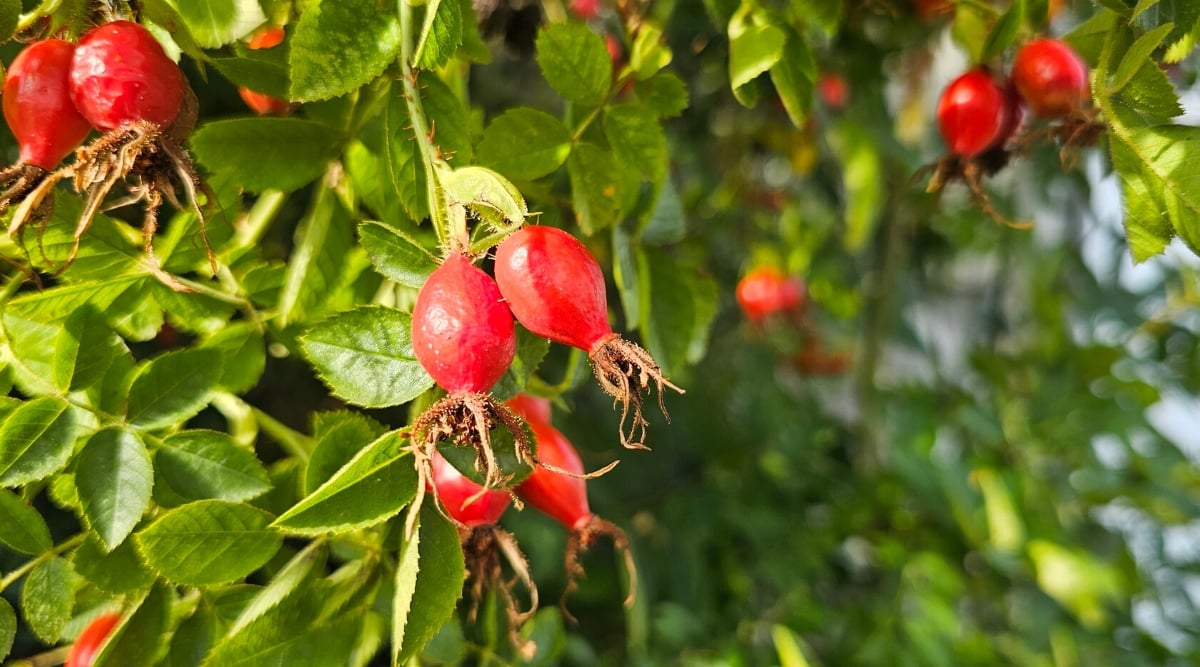
The dog rose, Rosa canina, gets its species name (meaning “sharp teeth”) from its curved, pointed thorns. A wild climber, dog roses have fragrant, large, white-to-pink single flowers with yellow stamens that attract bees, flies, beetles, and other insects. The dog rose blooms beautifully in June and July.
Once pollinated, blooms fade, and striking red oval-shaped hips emerge. Most rosehip products are derived from Rosa canina. The fleshy hip is edible, but avoid the tiny hairs inside the flesh. These hairs protect the seeds but can be an irritant when consumed.
The dog rose is a rambling beauty in meadows and fields, as hedges, and along banks. Use it to feather the formal garden into a natural periphery. However, if you live in the range where it is classed as an invasive species, another rose will be better suited to your landscape. Check with your extension office before planting.
Swamp Rose
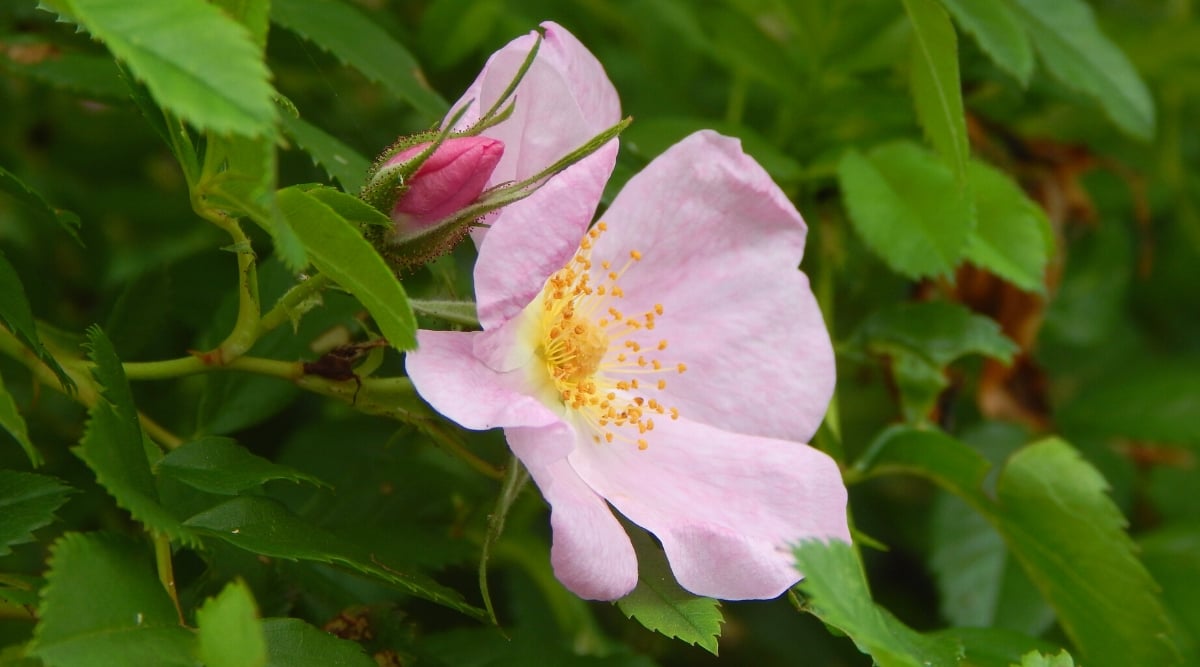
The native swamp rose features fragrant, single blooms in early summer. The flowers are a sweet light pink, followed by vibrant fall leaf color and clusters of round, crimson hips.
The rosehips are pea-sized and fleshy red. They’re enjoyed by songbirds, quail, and wild turkeys.
Swamp rose is well suited to moist soils and tolerates sites that experience occasional water, like near ponds, lakes, marshes, and rain gardens. Swamp rose is perfect for naturalized garden areas to provide pollen, forage, and shelter for butterflies and other pollinators, birds, and small mammals.
‘Penelope’
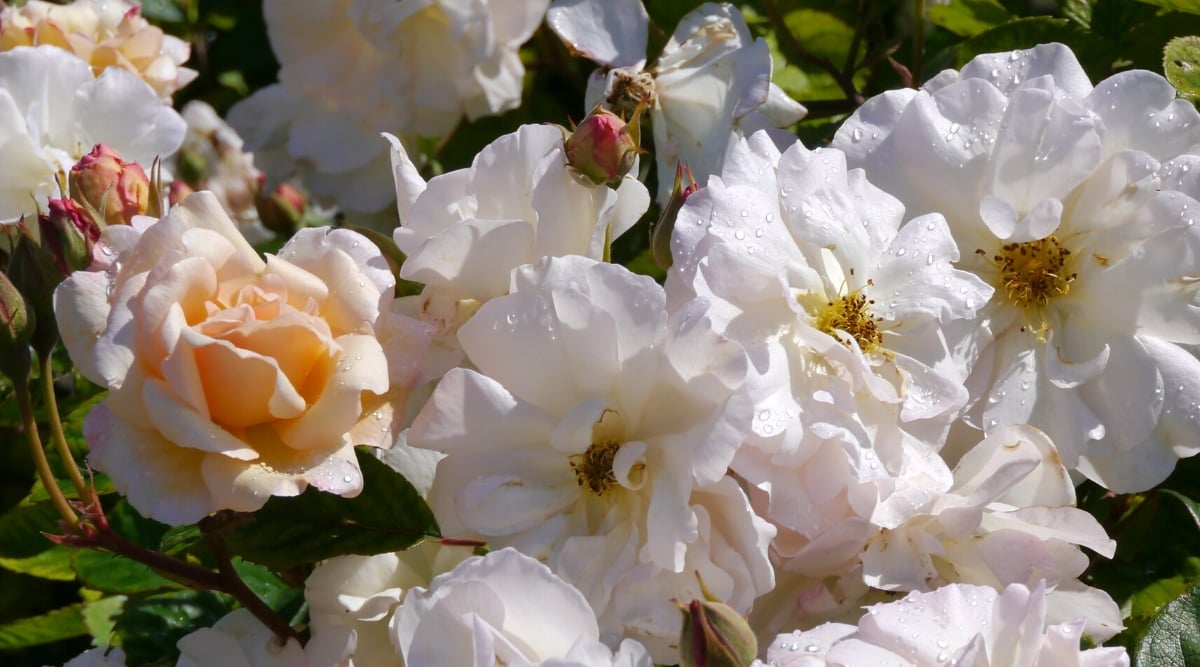
Rosa ‘Penelope’ is an award-winning beauty featuring showy bloom clusters and a long bloom season. Clusters of shell pink buds become large, white saucer blooms in spring and rebloom continuously from summer through fall. Flowers reach six inches across with 16 to 25 petals each and have a strong hybrid musk fragrance.
Rosehips give unique winter interest with their hues of orange-pink. Another exciting feature is Penelope’s foliage. Young leaves have a coppery tint, becoming dark, glossy green as they grow.
‘Penelope’ makes a gorgeous specimen planting and accent in foundations, walkways, and the cottage garden.
‘Earth Song’
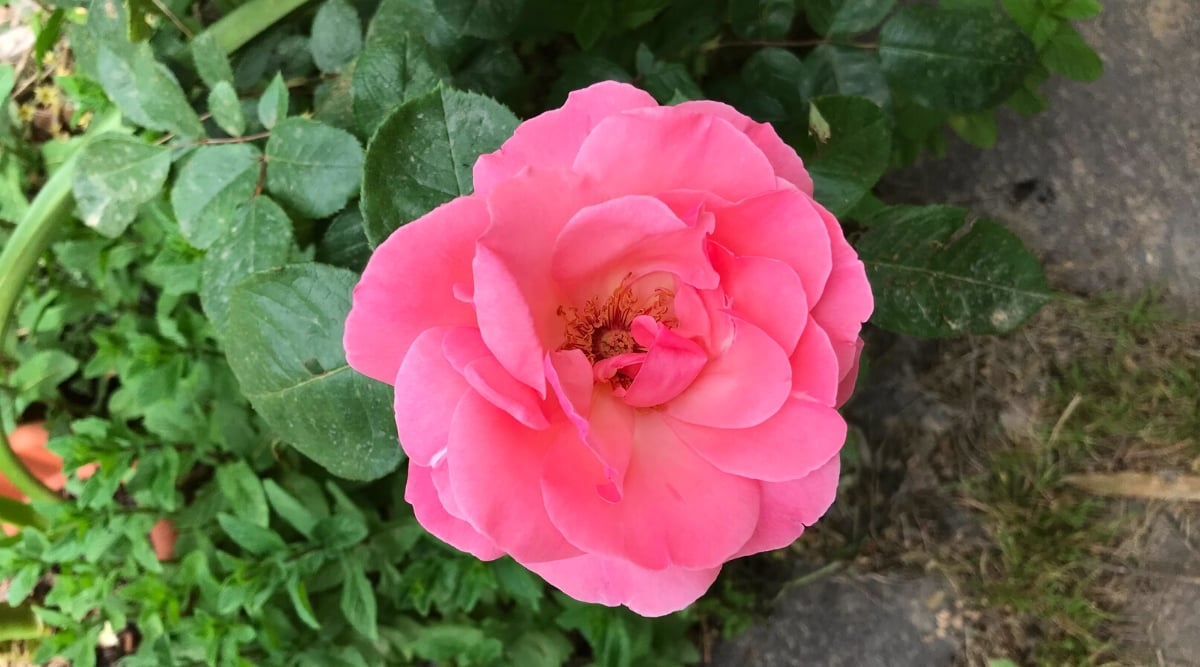
‘Earth Song’ is a vigorous bloomer with deep rose pink petals and lighter shading on petal edges. Cupped flowers are double blooms that bloom continually all season. The shrub rose has a bushy, upright habit with young leaves bronze-red that mature to deep, glossy green.
After the vibrant blooms fade, round rosehips emerge green and turn bright orange over the cool season.
‘Earth Song’ is winter hardy and disease-resistant, making it an easy care, showy rose. Feature it in pots or at the back of the perennial garden bed.
‘Red Meidiland’
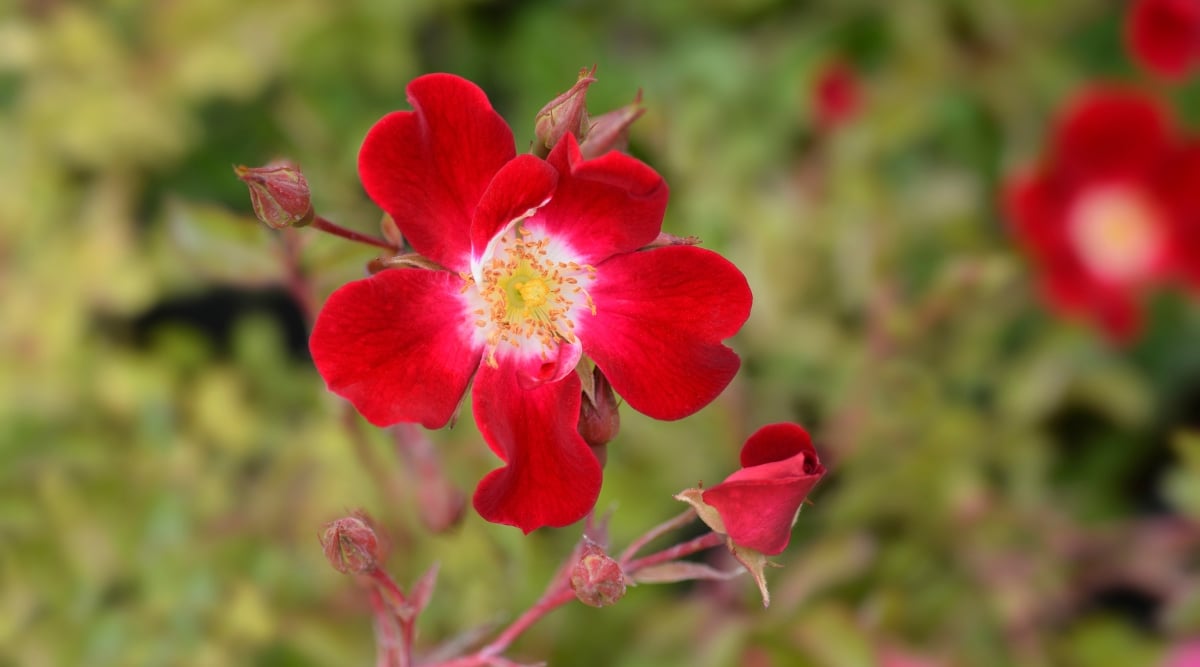
Red MeidilandⓇ brings a low-growing shrub rose to the garden as a showy ground cover. A nonstop bloomer from spring until frost, arching stems hold clusters of single red blooms with white centers and yellow stamens.
Ornamental hips turn red in fall and persist well into winter. Bronze-red foliage in fall adds further seasonal interest.
Red Meidiland is a disease-resistant rose ideal for garden spots that benefit from a low-grower like borders, foundations, containers, and groupings. These hardy growers are used in parks and public spaces for their vigor, bloom coverage, and resistance to pollution.
‘New Dawn’
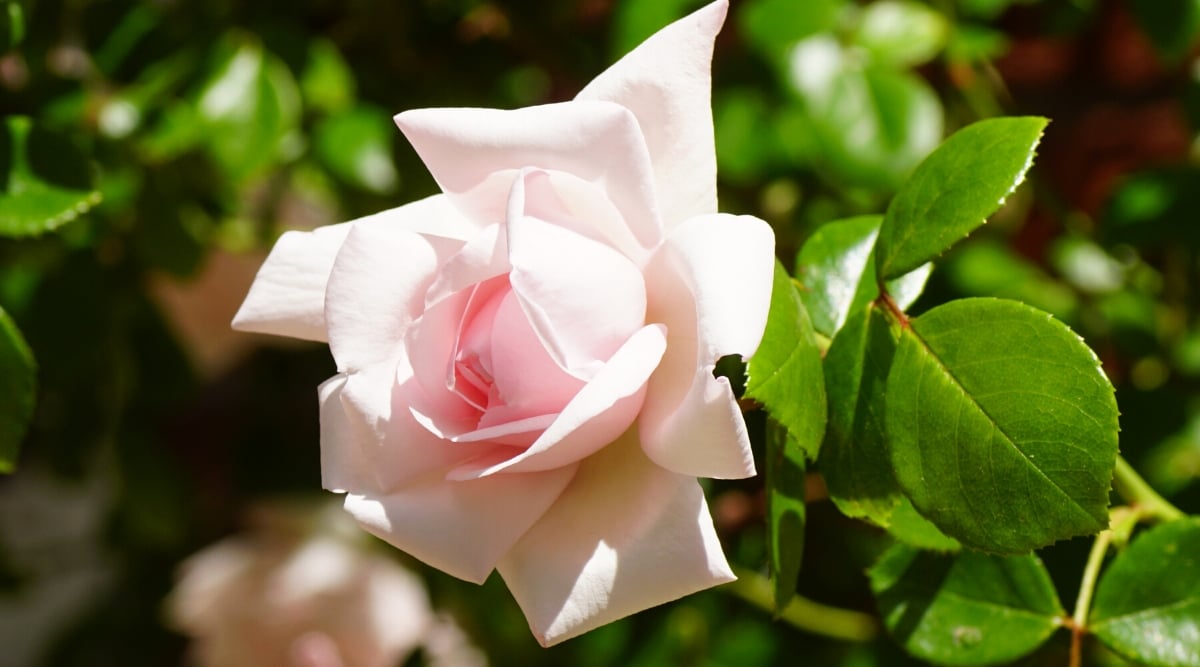
‘New Dawn’ is a stunning classic rose with sweetly perfumed, blush pink roses. A climbing rose, ‘New Dawn,’ has long arching canes and glossy green leaves.
Three-inch double flowers grace the garden in spring through frost. Abundant red rose hips follow, produced through fall.
‘New Dawn’ is an Earth-KindⓇ rose introduction rigorously tested for improved landscape performance, requiring little irrigation and no spray for pests and diseases. It can tolerate colder temperatures (some down to USDA zone 4) and grows in dappled shade. A fast-growing profusion of blooms gives ‘New Dawn’ space to climb and enjoy the vigorous bloomer with multi-season appeal.
‘Fru Dagmar Hastrup’
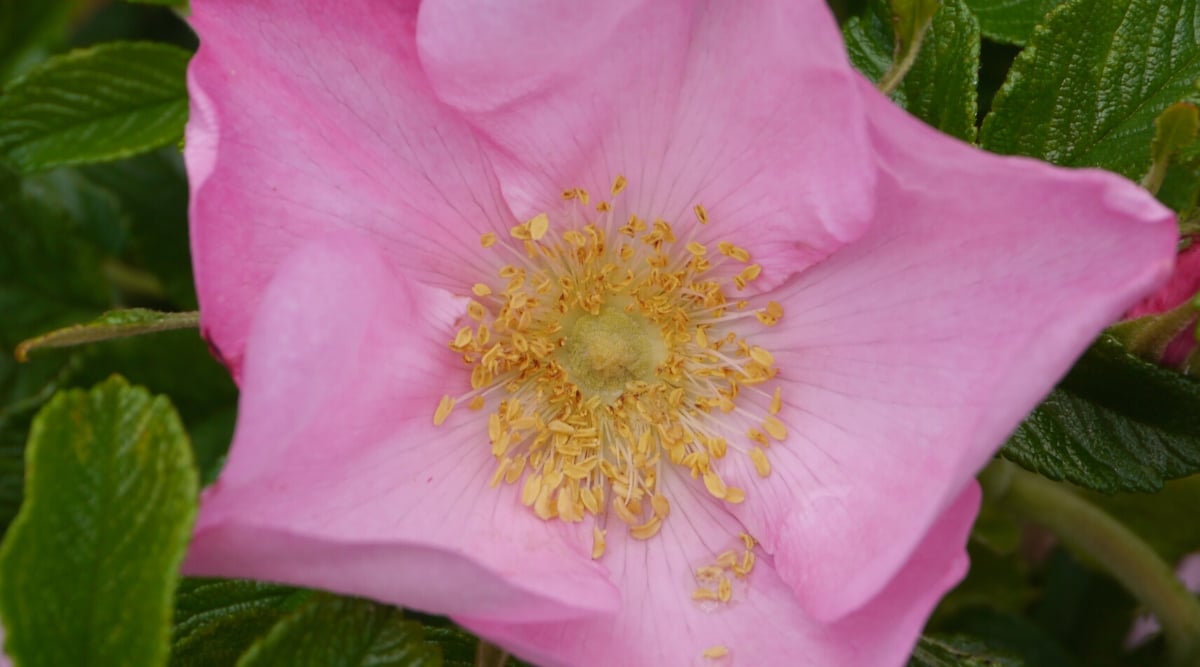
‘Fru Dagmar Hastrop’ is a rugosa rose hybrid, very hardy and disease resistant like its shrub rose parent but tidier and less aggressive. More compact in form than the species, ‘Frau’ blooms spring through fall in showy, single-cupped flowers of delicate pink.
Large, deep red rosehips continue the show after the large blooms fade in late summer, along with striking bronze foliage in fall.
’Fru Dagmar Hastrup’ is fast-growing and ideal for hedges, privacy screens, small groupings, and coastal and pond settings. The rose is salt, deer, and drought tolerant once established. This easy-to-maintain, nonstop bloomer puts on a show for all-season interest.
Rosa glauca
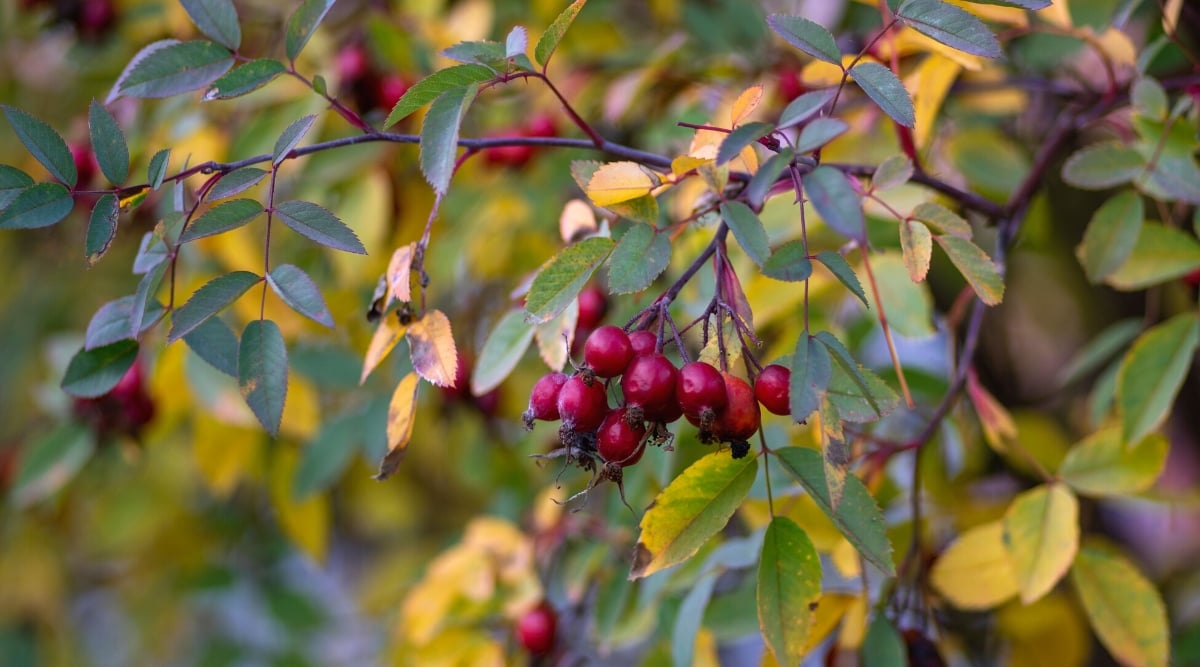
Rosa glauca is a highly ornamental wild shrub rose with soft pink, single-petaled blooms. This shrub rose is grown for both its unique foliage and small pink flowers. Its striking foliage is silvery-blue with tinges of plum-purple.
Slightly fragrant, starry five-petaled flat flowers up to one inch appear in late spring. Abundant orange-red hips ripen in fall and persist into winter, along with burgundy canes to add winter interest.
Rosa glauca is a sturdy, disease-resistant plant with very few thorns. Feature it as a specimen or in small groupings at the back of the perennial border, woodland edge, and shrub borders.
‘Thomas Affleck’
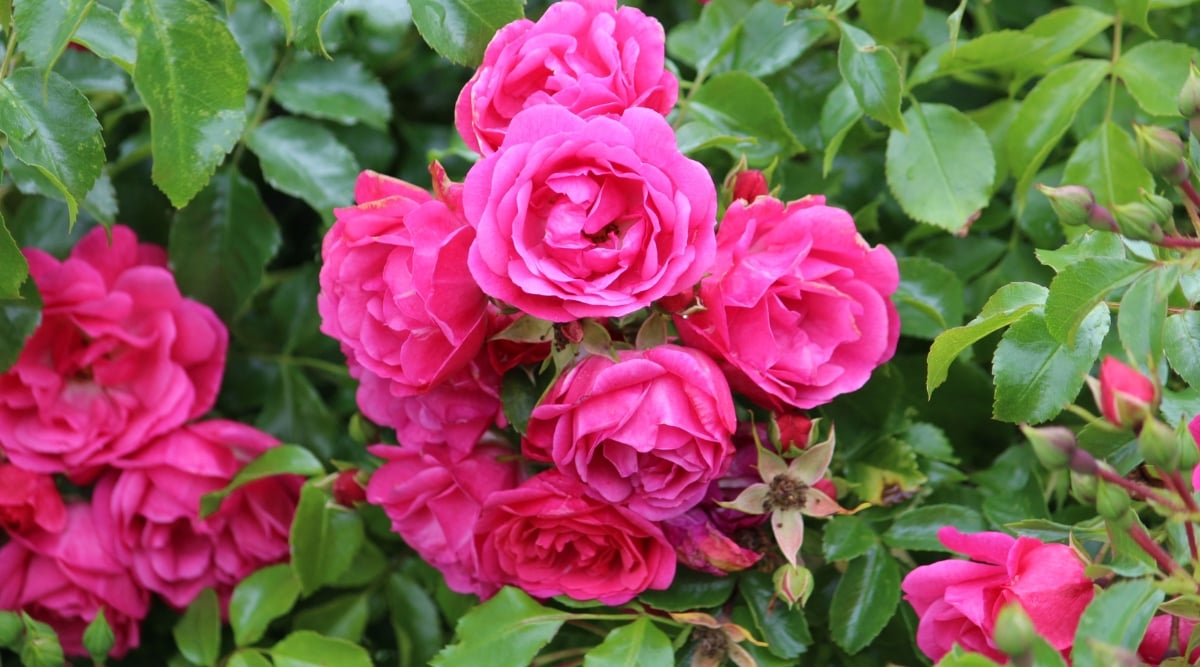
‘Thomas Affleck’ boasts deep, rich pink double-blooms with intense fragrance. It gives us the feel of a full, lush rose bloom white, still attracting pollinators to its open, yellow center.
A bonus to ‘Thomas Affleck’ is its unique hips: pear-shaped and yellow-orange, brightening up a chilly garden. It is a disease-resistant, hardy rose celebrated in the American Garden Rose Selections garden trials.
A thornless rose, ‘Thomas Affleck’ is versatile for a number of garden spots. Feature it up close in a large container, mixed border plantings, or along a walkway where its lovely fragrance can be enjoyed. This rose makes a bold statement in the garden and attracts pollinators – a prize on both counts!
‘Geranium’
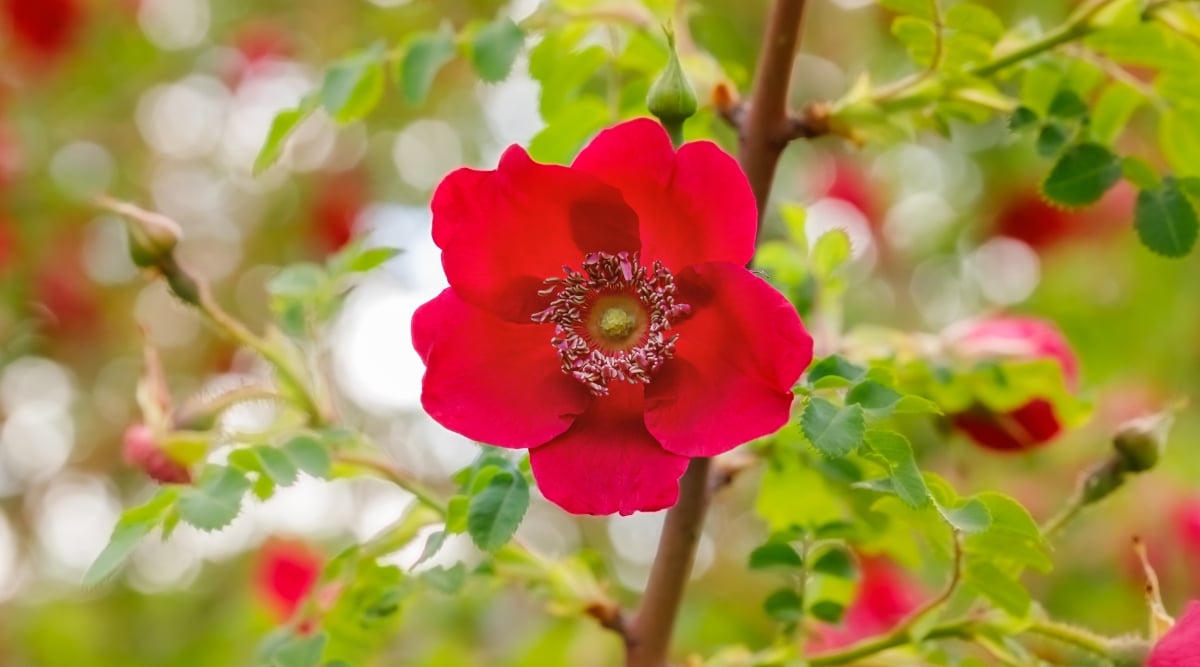
‘Geranium’ is characteristic of a wild rose with its vigorous shrub growth and arching canes. Its single, brilliant red blooms have overlapping petals and creamy stamens that attract bees.
‘Geranium’ blooms in late spring, with large, elongated, bottle-shaped rose hips emerging in autumn. Hips are red-orange, glowing in the landscape.
The Royal Horticultural Society presented ‘Geranium’ as a prestigious Award of Garden Merit winner. ‘Geranium,’ with its long, arching stems, red flowers, and dark glossy leaves, is elegant in a mixed border or informal hedge.
Scotch Rose
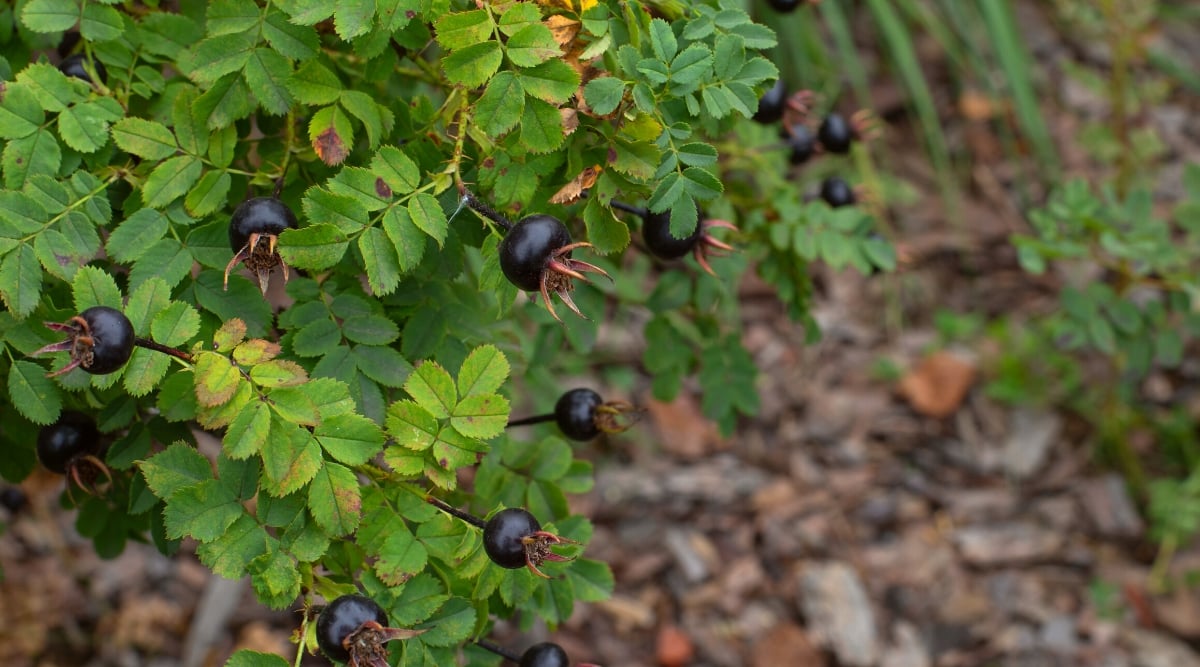
Rosa spinosissima is a small, hardy wild shrub rose. It features a profusion of single, cupped two-inch blooms in creamy white with yellow centers.
In addition to its fragrant, prolific flowers for seasonal interest, Scotch rosehips bring a unique accent to the cool season garden with spherical, purplish black fruits that shine in the sun.
Scotch roses are salt and drought-tolerant once established. Grow them as a groundcover or low hedge, or plant them in borders and meadows to attract pollinators. They are also beautiful dried in fall décor.
‘Rosa mundi’
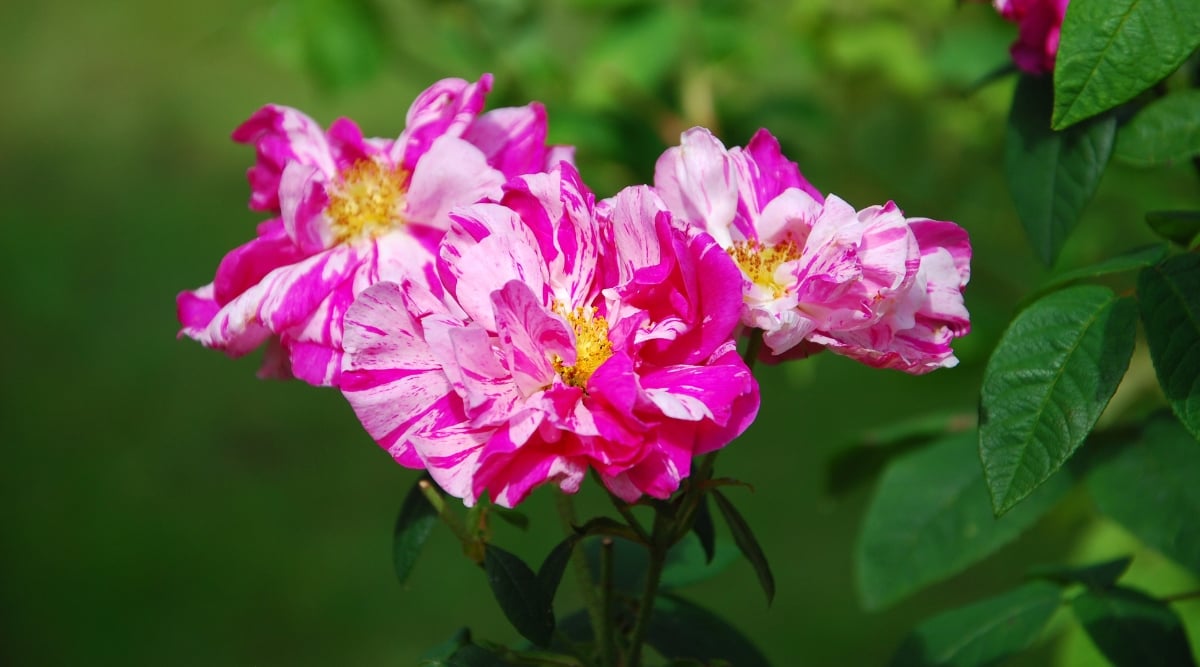
Rosa Mundi is an old rose with masses of showy blooms forming on a compact, shrubby habit. The blooms are fuchsia and white striped – real showstoppers that won’t disappoint in the garden despite blooming only once in late spring/early summer. This antique rose is one of the oldest and most famed striped roses in cultivation.
Mundi’s profusion of blooms in a striking, ruffly combination is worth the once-a-season bloom fest, where semi-double blooms reach three to six inches across. They have a spicy old rose fragrance and stand out amongst pale green leaves. Small, oval-shaped red rosehips are abundant in fall.
‘Mundi’ tolerates part shade and poor soils and is a hardy, disease-resistant rose. It also has few thorns, making it easy to place and prune.
‘Nootka’
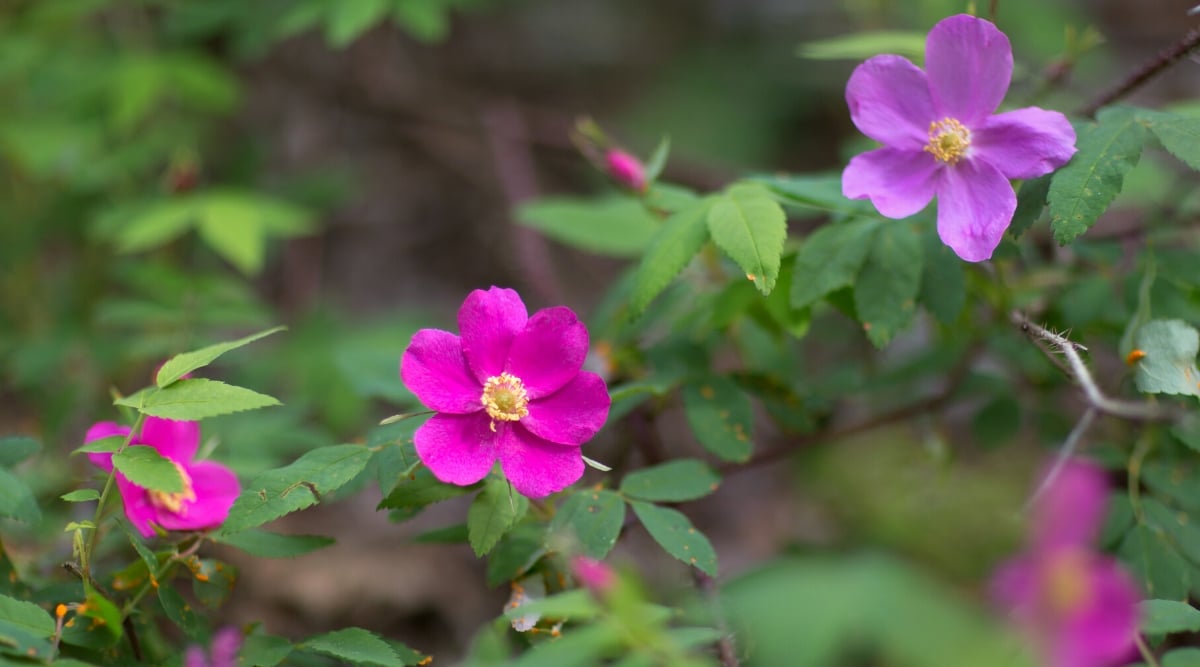
The Nootka rose is a North American native with single flowers in showy pink. The open-faced flowers of native roses attract more pollinators than those with dense petals, and Nootka is also host to various moths and butterflies.
Abundant red hips remain on the plant throughout the winter. Long canes and colorful fall foliage are other standout features.
Nootka is an easy-care, rugged, and adaptable rose. It grows quickly and spreads by vigorous rhizomes, suitable for bank stabilization and erosion control, in addition to its ornamental value in the landscape.
‘Altissimo’
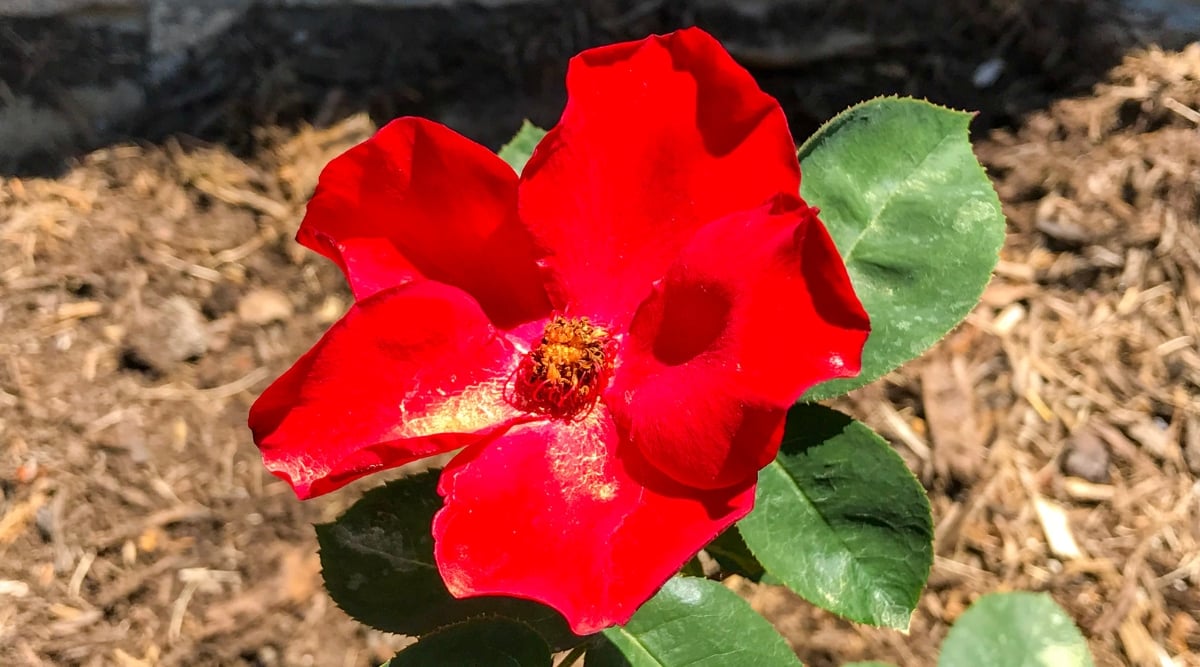
‘Altissimo’ is a distinctive, red-blooming, vigorous climbing rose. Large, velvety red semi-double flowers, four to five inches across, are a surprise in the garden and a favorite of pollinators. The large blooms are long-lasting and repeat until fall.
The exceptional blooms give way to large, ornamental red-orange rosehips.
‘Altissimo’ tolerates dappled shade and, as a moderate climber, it perfectly fits an arbor, arch, or porch pillar. Enjoy its old rose beauty, light fragrance, and the buzz of bees hard at work.
‘Wickwar’
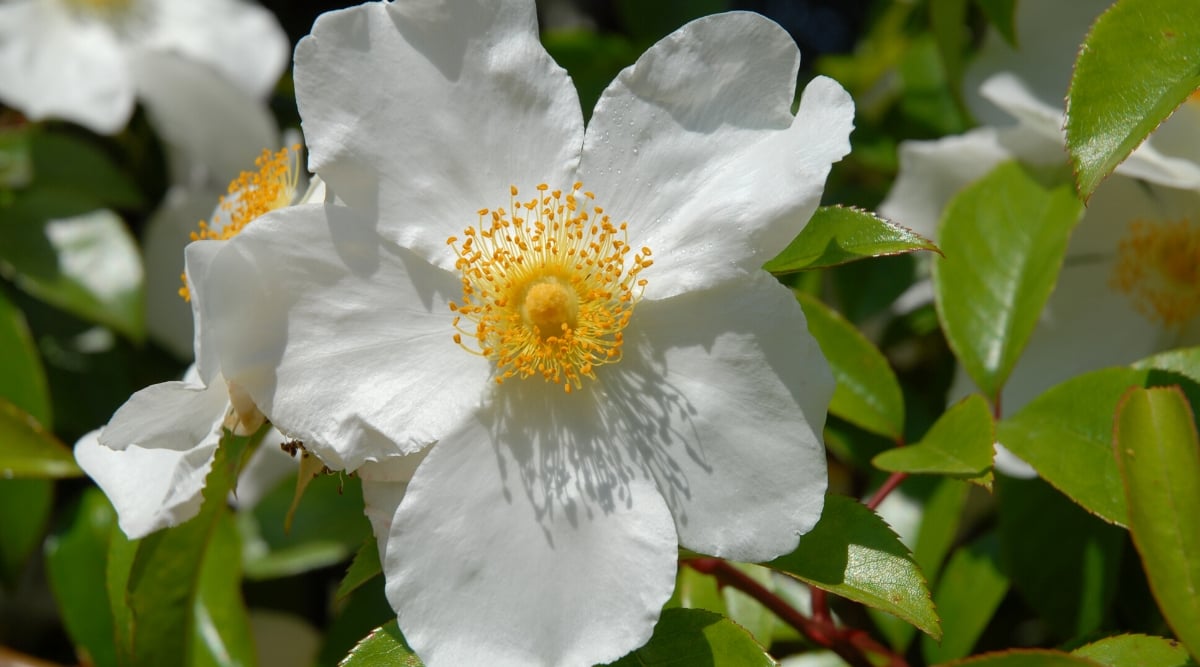
‘Wickwar’ is a rambling rose that produces a profusion of creamy white blooms with yellow centers. Summer blooms are so dense you can barely see the chalky, blue-gray foliage. Single flowers are medium in size, reaching two inches, but their burst of bloom clusters and delicious fragrance are the real delights.
Post-bloom, vase-shaped rosehips emerge in vivid orange-yellow, extending the season of interest on this large rose. ‘Wickwar’ is a vigorous climber ideal for arbors, pergolas, fences, and screening.
A winner of the Royal Horticulture Society’s Award of Garden Merit, ‘Wickwar’ is outstanding in a spot with plenty of space to grow and show.
‘Meg’
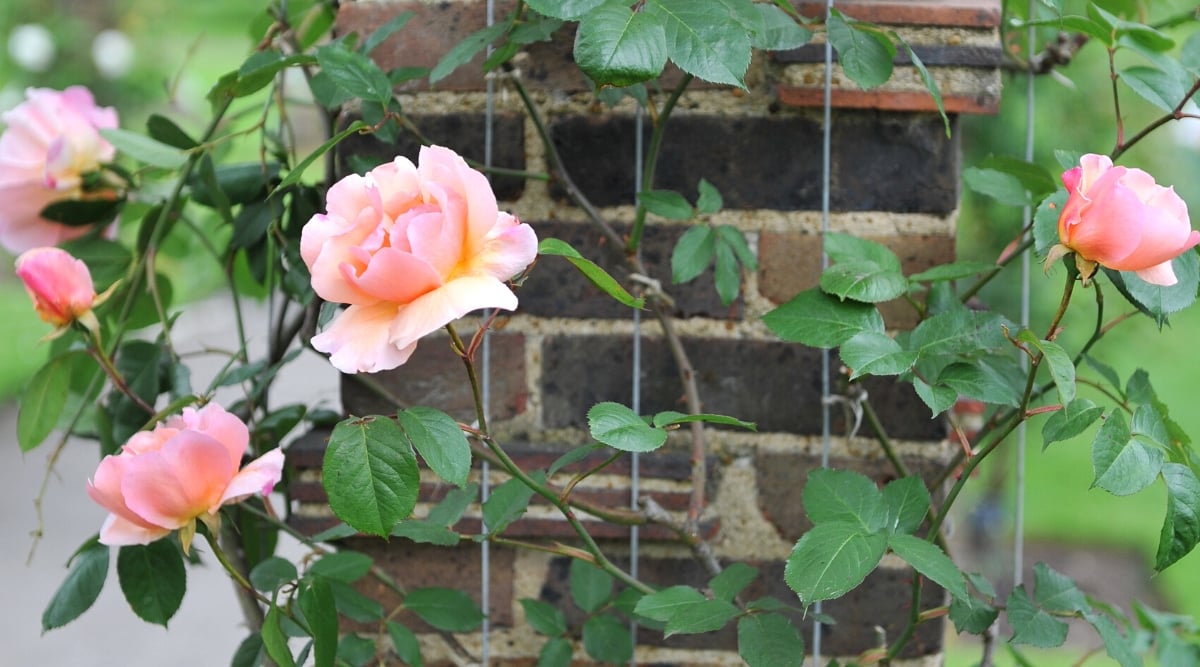
‘Meg’ is a gem in the garden, with blousy, apricot semi-double blooms and sweet fragrance. Its large flowers span three to six inches across and appear in clusters in summer, with some repeat blooming throughout the season.
Large, pear-shaped rosehips are glossy orange-red. ‘Meg’ roses bloom on old wood, so prune after hips have dropped or withered in late winter for new shoots in the spring.
‘Meg’ is a cold-hardy rose. The roses make an excellent cut flower, and their deep gold stamens attract pollinators, so grow it in a cutting garden, pollinator garden, or mixed planting where it has room to climb.
Final Thoughts
When planning your garden additions, opt for roses with extended seasonal interest to bring new elements to the landscape. Rosehips, a captivating facet of the rose, bring extended beauty to the cool-season garden. They also provide important wildlife value.
Let rose blooms fade naturally in late summer to encourage hips to develop. Attract more pollinators to the rose garden with blooming perennial companion plantings.
Get creative with rosehips by incorporating them into floral decor and holiday wreaths. Play with recipes (only consuming organic hips) to embrace the benefits of the whole rose.


